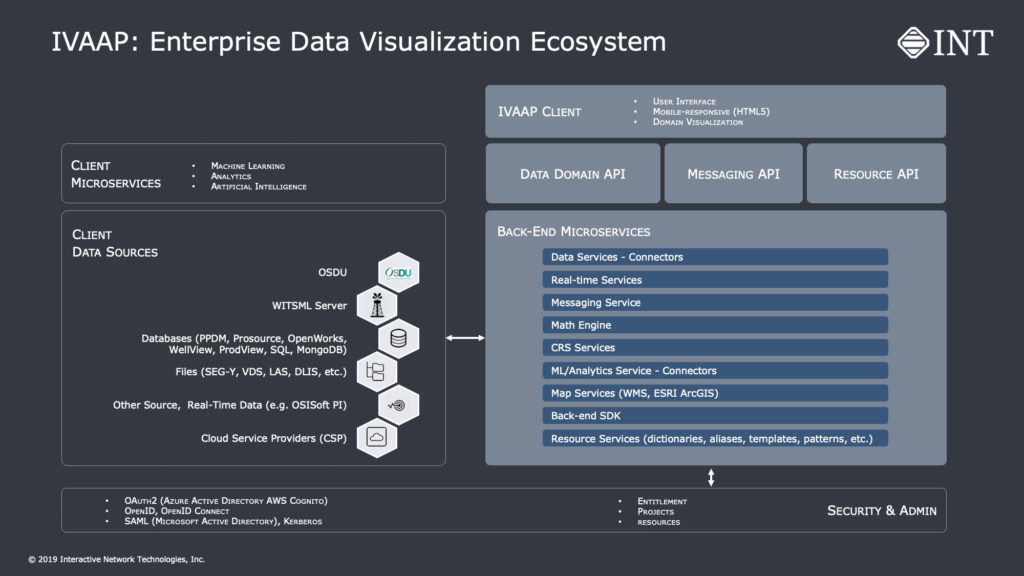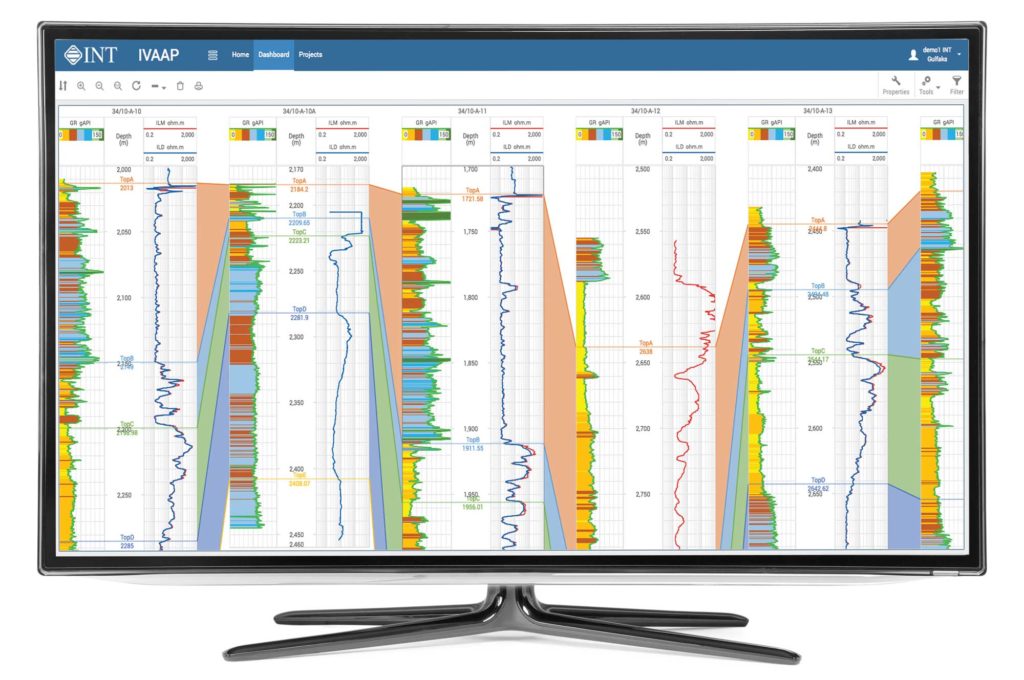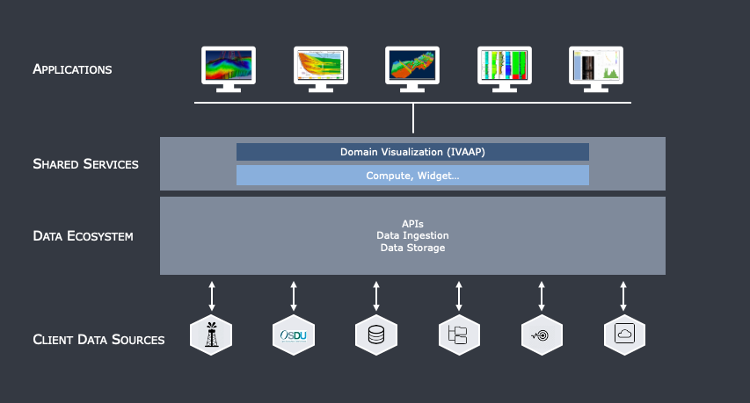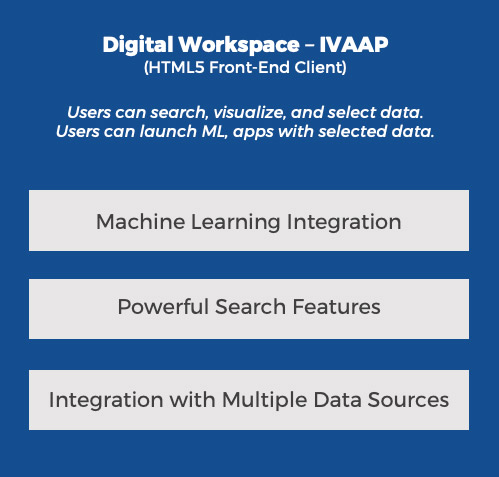Enterprise Data Visualization
Visualize, Analyze, and Share Scientific and Operational Data — Deployable and Accessible from Anywhere
With IVAAP, the same code and the same application are deployable on a rig or in any Cloud Services Provider (CSP). IVAAP comes with standard connectors to CSPs such as AWS, Microsoft Azure, or Google Cloud Platform. IVAAP connectors have been optimized for reading objects with almost every vendor library with the highest performance. IVAAP’s SDK can be used to create new connectors to other CSPs (IBM Cloud, etc…).
IVAAP’s architecture can support a deployment strategy for private cloud, on-premise, or a hybrid data storage model:
IVAAP’s front-end client is built in HTML5. Using JavaScript, IVAAP provides the optimal user experience in a web browser to navigate and interact with large datasets.
Finally, because remote access to sensitive data raises concerns about access and protection, IVAAP integrates with existing security models and methods in place in a company. IVAAP supports SAML, Active Directory, and security at the object level. We know that the security of data—now and in the future—is of paramount importance. Our tools are data-agnostic, meaning we don’t store your data or your algorithms, and your data stays protected.





